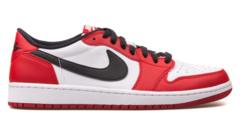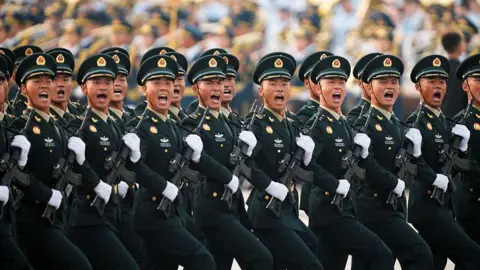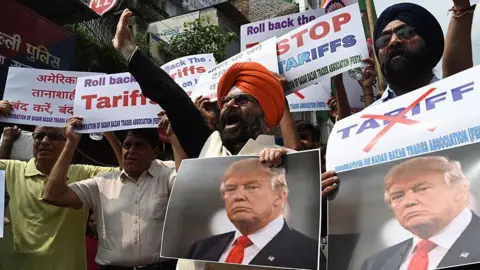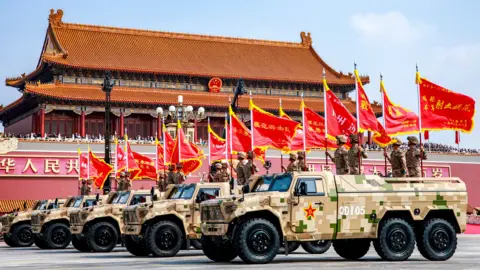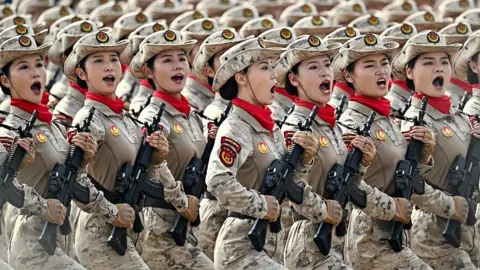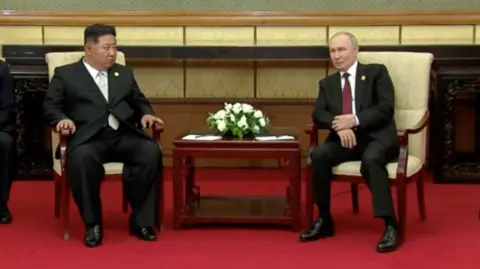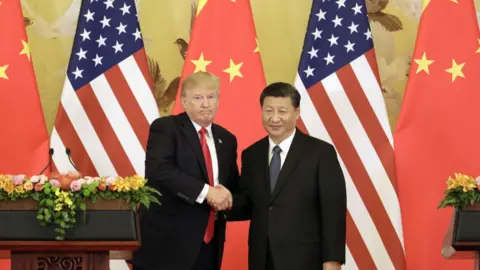Nike's Air Jordan 1, an enduring symbol of American sports culture, has been impacted by external pressures stemming from US tariffs on imports from Asia, where the bulk of Nike's production takes place. The footwear giant has remained resilient despite past market fluctuations; however, the latest tariffs announced by President Donald Trump have left stakeholders questioning the brand's pricing strategy. Following the tariff announcement, Nike's stock tumbled by 14%, revealing investor anxieties regarding supply chain disruptions.
According to financial analysts, the tariffs applied to imports from trade partners such as Vietnam, China, and Indonesia—home to Nike's manufacturing footprint—could lead to an increase of 10% to 12% in retail prices. UBS's Jay Sole suggests that as the comprehensive list of affected goods unfolds, price adjustments will be necessary for Nike to remain viable amidst rising operational costs. Yet, analysts also caution against excessive price hikes, noting that the competitive nature of the sneaker market limits the room for substantial increases without adversely affecting consumer demand.
Despite boasting impressive sales figures of approximately $51 billion in the last fiscal year, Nike is grappling with rising costs that may necessitate passing some tariff-related expenses onto consumers. In an effort to maintain affordability, industry experts propose alternative strategies, such as modifying production techniques or extending design cycles to reduce costs.
"The potential for price increases looms large," said Simeon Siegel from BMO Capital Markets. "Yet the key question remains: How much can they raise prices without dissuading consumers?" Nike's reliance on the US market—which accounted for about $21.5 billion of its sales—further compounds the urgency of this decision.
The current geopolitical climate, marred by retaliatory tariff policies from China, places additional pressure on Nike, amplifying the cost of sourcing materials and potentially leading to further price increases. As trade relations evolve, the complexity of manufacturing—coupled with changes in consumer sentiment—will continue to shape the trajectory of Nike's pricing strategies in the near future.
In conclusion, while Nike may have some latitude to adjust prices in response to tariff pressures, the brand must navigate the tightrope of competitiveness and consumer demand carefully. The potential ripple effects of these tariffs on pricing may resonate throughout the entire apparel industry, marking a critical juncture for brands reliant on global supply chains.

